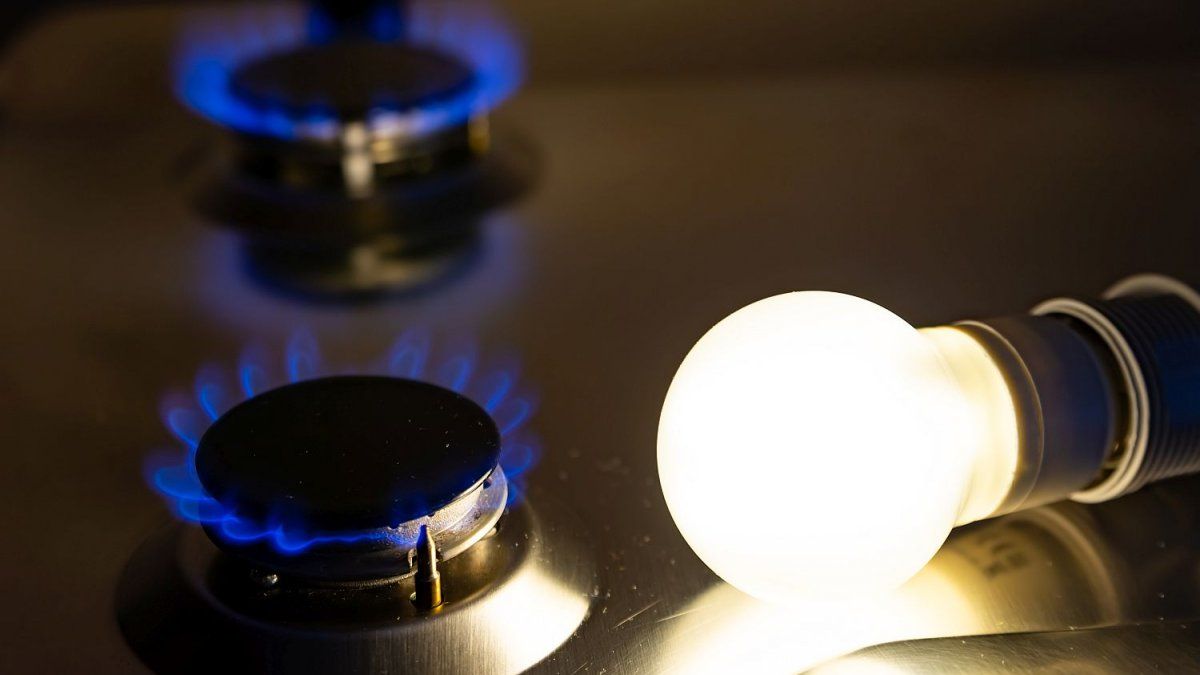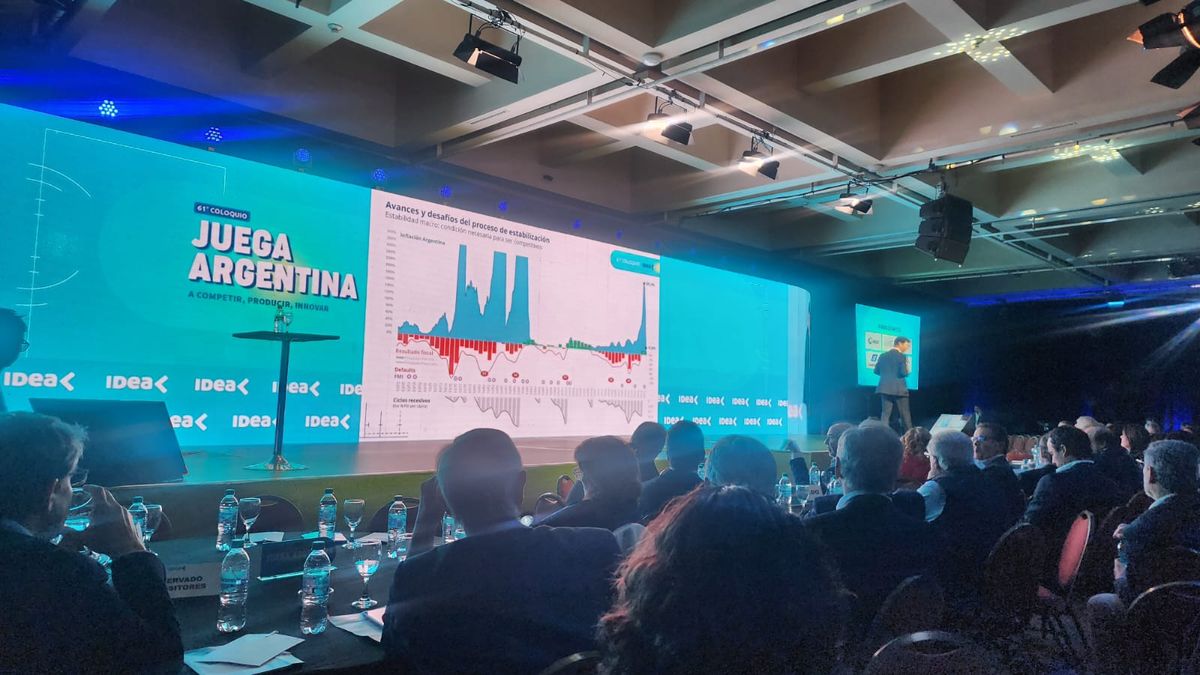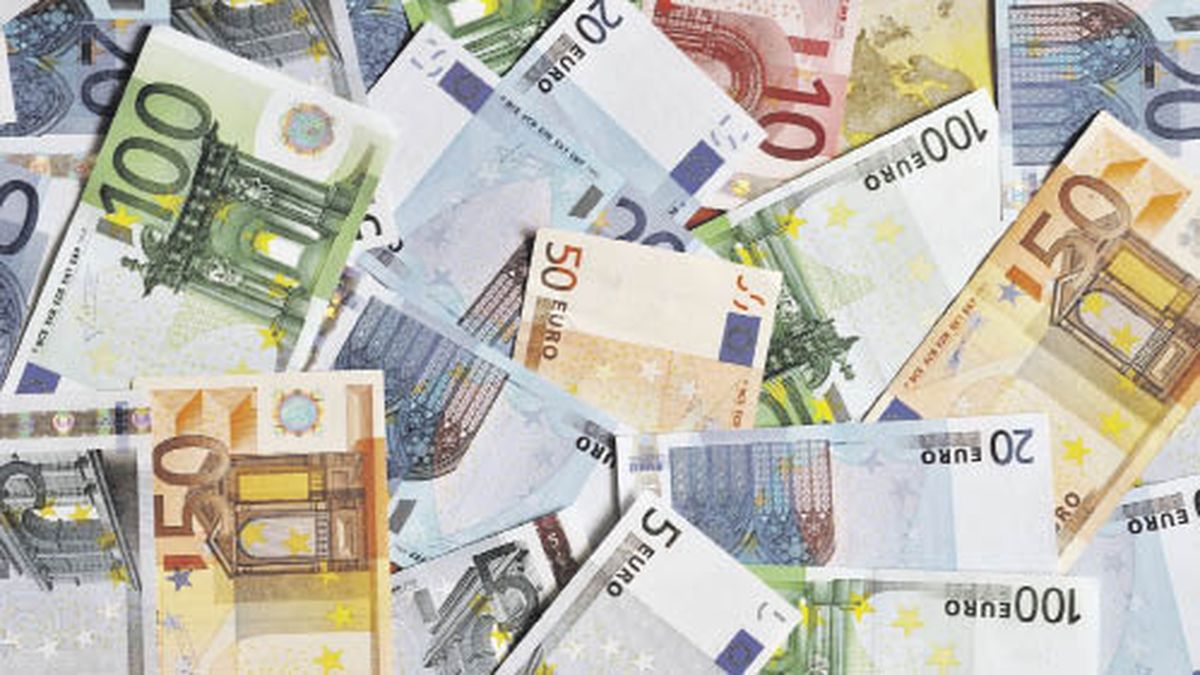As anticipated, The Government made official this Monday, September 2, the increases in gas and electricity serviceswhich will be 4% on average. According to them, this measure is taken “in order to guarantee a sustainable and equitable gas supply for all users, avoid shortages and ensure the economic viability of the energy sector.”
The Government is betting that, since in spring, demand for gas and electricity usually falls due to higher temperatures, The final average increase of 4% in bills will be offset in households by the drop in the quantities consumedHowever, it will undoubtedly have an impact on people’s pockets.
The increases in electricity: the new prices
The truth is that, With the increases applied by the Energy Secretariat, high-income users (N1), industries and businesses throughout the country will pay, on average, 72% of the cost of gas and 90.5% of electricity.
Meanwhile, the Middle-income households (N3) will pay 32% of the cost of gas and 40% of electricity generationwhile low-income users (N2), 26% and 25%, respectively.
N3 and N2, in turn, if they exceed the demand of a given consumption block, will pay the cost of N1 for the surplus.
He New reference price of electricity for high-income residential users, businesses and industries will rise from $58,596 per MWh to $61,526 (5%)although the Energy Secretariat clarified that the real cost without subsidies is $68,016.
This measure seeks to prevent monthly devaluation and inflation from eroding the strong tariff updates carried out in the first part of the year, which were applied in order to reduce spending on subsidies.
How much do gas rates go up?
In dollars, High-income residential, commercial and industrial users will pay an average gas price of US$3.45 per million BTU (English measure used in the sector). This means an increase of 15 cents ($143).
Low-income users (N2) will pay US$1.24 for a subsidized consumption block (previously US$1.19) and US$3.45 for the surplus. Meanwhile, middle-income users (N3) will pay US$1.55 for the base consumption (previously US$1.48) and US$3.45 on the surplus.
N2s pay 36% of the reference value on a consumption block and N3s pay 45%, which is equivalent to a bonus of 64% and 55%, respectively.
The average cost of gas in Argentina is US$ 4.77 per million BTUwhich consists of an average value of US$3.50 paid for local production (which supplies 90% of annual consumption) and US$15.50 for average imports of liquefied natural gas (LNG) from Bolivia.
That is, industries, businesses and N1 consumers will pay 72% of the cost of the gas; N2 consumers, 26%, and N3 consumers, 32%. The rest of the cost will be covered by the National Treasury.
Source: Ambito
I am an author and journalist who has worked in the entertainment industry for over a decade. I currently work as a news editor at a major news website, and my focus is on covering the latest trends in entertainment. I also write occasional pieces for other outlets, and have authored two books about the entertainment industry.




